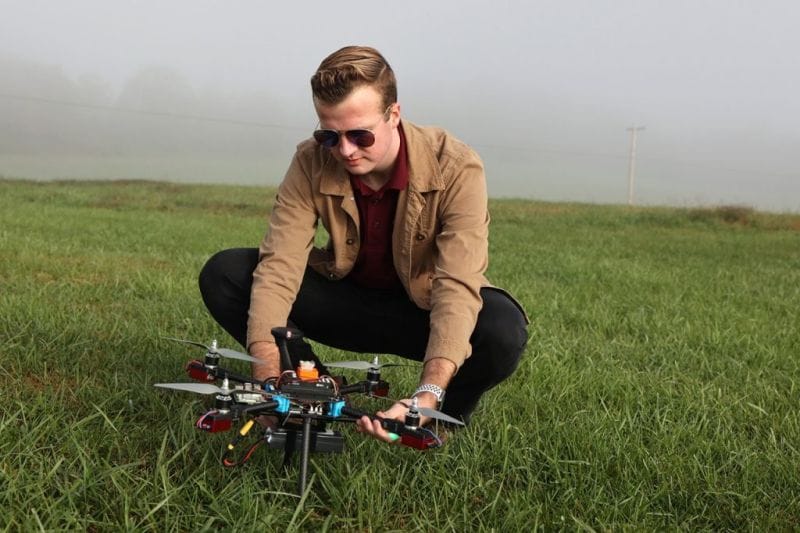RSS feed source: Federal Emergency Management Agency
After Tennesseans apply for FEMA disaster assistance for the April 2-24 severe storms, a home inspection may be necessary to help determine whether the home is safe, sanitary and livable.
Information collected during the inspection is among the criteria FEMA uses to determine if applicants are eligible for federal assistance. Inspectors do not make decisions on eligibility for assistance.
The inspector will consider:
The structural soundness of the home, both inside and outside.Whether the electrical, gas, heat, plumbing and sewer or septic systems are all in working order.Whether the home is safe to live in and can be entered and exited safely.
Inspectors will call or text applicants to make an appointment to meet at the home. They will already have the applicant’s FEMA application number. They will leave messages or texts at the phone number listed on the FEMA application. These communications may come from unfamiliar phone numbers. It is important that applicants respond so their application can be processed.
Inspectors carry photo identification and will show it to the applicant. For security reasons, federal identification may not be photographed. Inspectors’ service is free and they will never ask for, or accept, money.
A typical home inspection takes about 30 to 45 minutes to complete. After the inspection, applicants should allow seven to 10 days for processing. If you have questions about the status of your application, you can
Click this link to continue reading the article on the source website.



